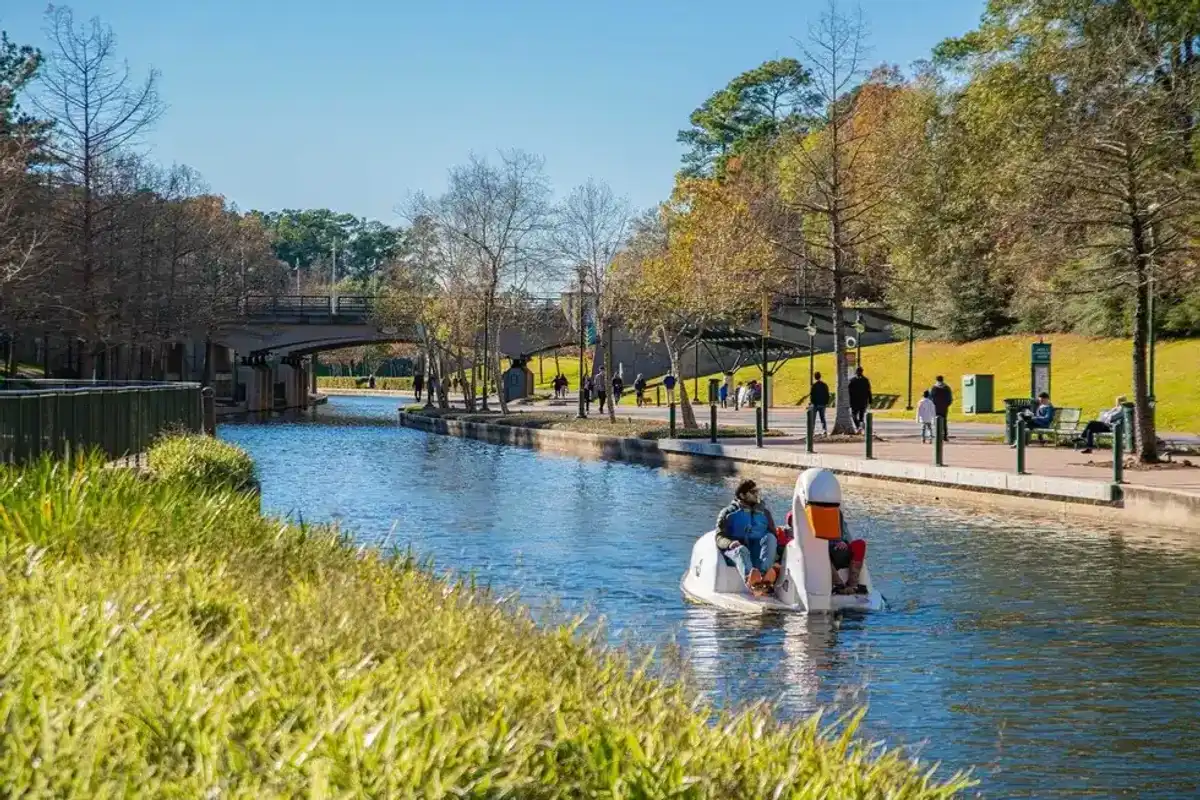Houston university granted $1.2M to expand STEM-focused initiative
science support
Rice University is receiving a five-year $1.2 million grant from the National Science Foundation to expand a program that helps faculty members, researchers, and doctoral students commercialize STEM-oriented technology.
Rice is one of the founding partners of the science foundation’s Southwest I-Corps Node. Rice and the two other founding partners are sharing a $15 million grant to help add five universities to the program.
Rice, Texas A&M University, and the University of Texas established the Southwest node in 2014. The five schools forming a new hub within the node are the University of Texas at San Antonio, the University of Texas at El Paso, Oklahoma State University, New Mexico State University, and Louisiana State University.
The foundation’s I-Corp program not only boosts STEM-related technologies developed at universities, but it also provides $50,000 grants for STEM-based faculty members and doctoral students to participate in a six-week training program to help researchers bring technologies from the lab to the marketplace. Over 1,000 startups have been formed after completing the I-Corps program; they have raised more than $750 million in funding.
Kerri Smith, associate managing director of the Rice Alliance, leads the university’s I-Corps program, along with Kaz Karwowski, executive director of the Rice Center for Engineering Leadership, and Jessica Fleenor, a Rice Alliance I-Corps teaching assistant and I-Corps program manager.
“Thanks to the Rice Alliance’s more than two decades of leadership, Rice has built an entrepreneurial culture on campus, served as a founding member of the I-Corps program, and provided entrepreneurial education to hundreds of faculty and students,” says Reginald DesRoches, president of Rice.
Rice has received more than $3.1 million in National Science Foundation grants for the I-Corps program, plus about $1.3 million as part of the I-Corps node. Rice faculty members and researchers have received more than $600,000 in I-Corps grants.
Previous I-Corps participants at Rice include:
- Volumetric Biotechnologies, a startup founded by Jordan Miller, an assistant professor of bioengineering assistant professor, and based on Miller’s 3D organ-printing technology. Volumetric was acquired last year by 3D Systems for up to $400 million.
- SPLAY (formerly Arovia), which completed the I-Corps program in 2015. Through two Kickstarter campaigns, the company has successfully raised money for its high-definition, portable, large-scale computer display technology.





